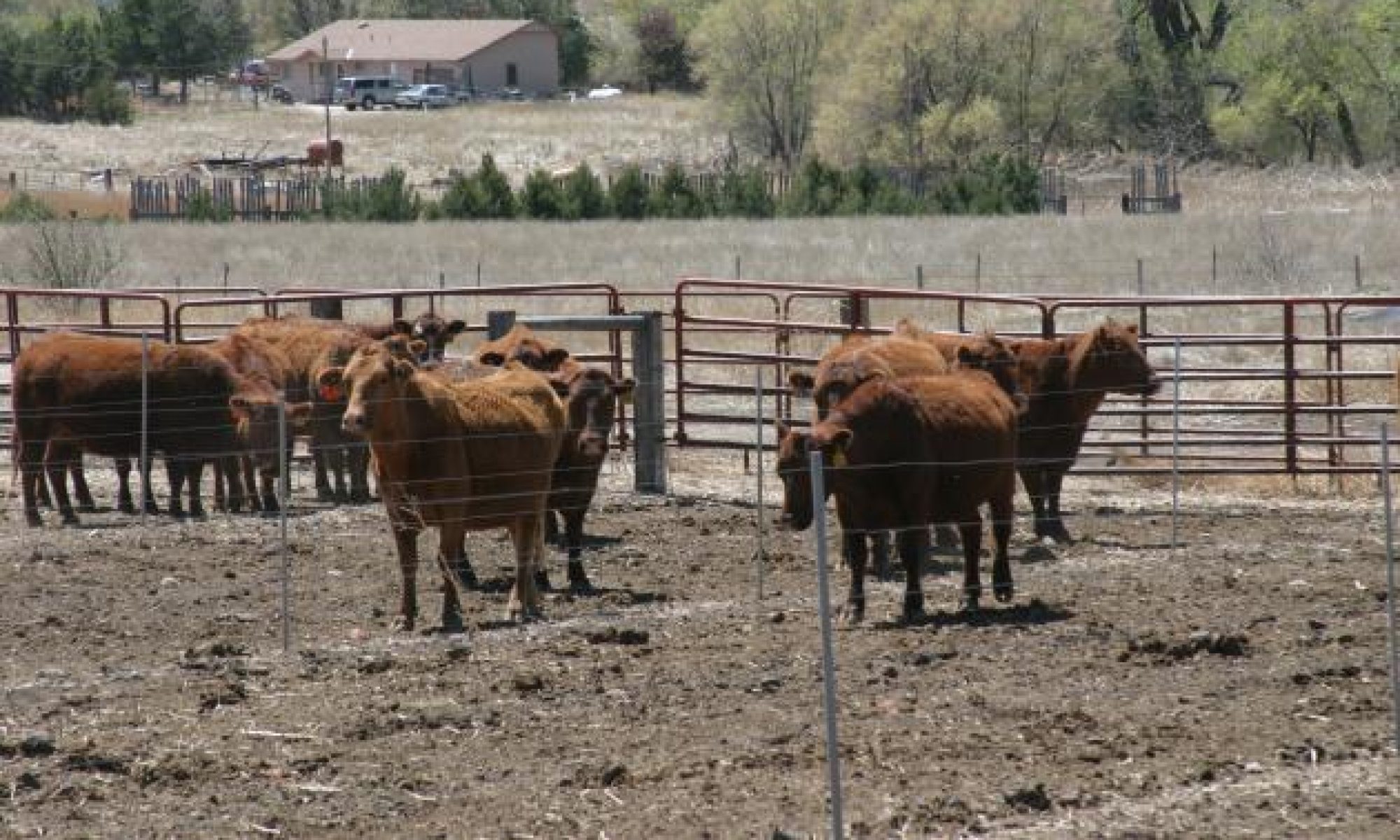Nitrate poisoning is a topic that comes up often during a drought. Many crops, particularly small grains such as oats, barley, and wheat, as well as corn and a number of weeds are known nitrate accumulators. When the plant is stressed by lack of moisture, nitrates accumulate as the plant roots continue to take up soil nutrients but the plant fails to convert the nitrate into plant proteins, causing nitrate levels to build up in the plant.
In ruminant animals (such as cattle or sheep), nitrates are fermented in the rumen to nitrite and eventually to ammonia. The rate limiting step in this series of reactions is the conversion of nitrite to ammonia. Unfortunately for the animal, it is the nitrite that is actually toxic. Nitrite is absorbed from the rumen into the bloodstream where it binds with hemoglobin. Hemoglobin is the blood protein that transports oxygen to the tissues. Once nitrite has bound with hemoglobin, it forms methemoglobin, a compound that is unable to transport oxygen. When an animal experiences nitrate poisoning, it actually suffocates due to the limited amount of oxygen delivered to the tissues.
Rapid pulse, heavy breathing, blue mucous membranes, and dark chocolate colored blood are symptoms of nitrate poisoning.
The risk of nitrate poisoning can be minimized by testing suspect forages for nitrate prior to feeding, blending high nitrate feeds with feeds containing little or no nitrate, and providing nitrate-free water. Since nitrate accumulations are typically greater in the lower third of the plant, animals should not be forced to graze or consume the entire plant if high nitrate levels are present. Harvesting the forage crop as a silage can reduce the nitrate content by approximately 30 percent once the silage has undergone fermentation. More information about nitrate poisoning is available at: NDSU: Nitrate Poisoning of Livestock
